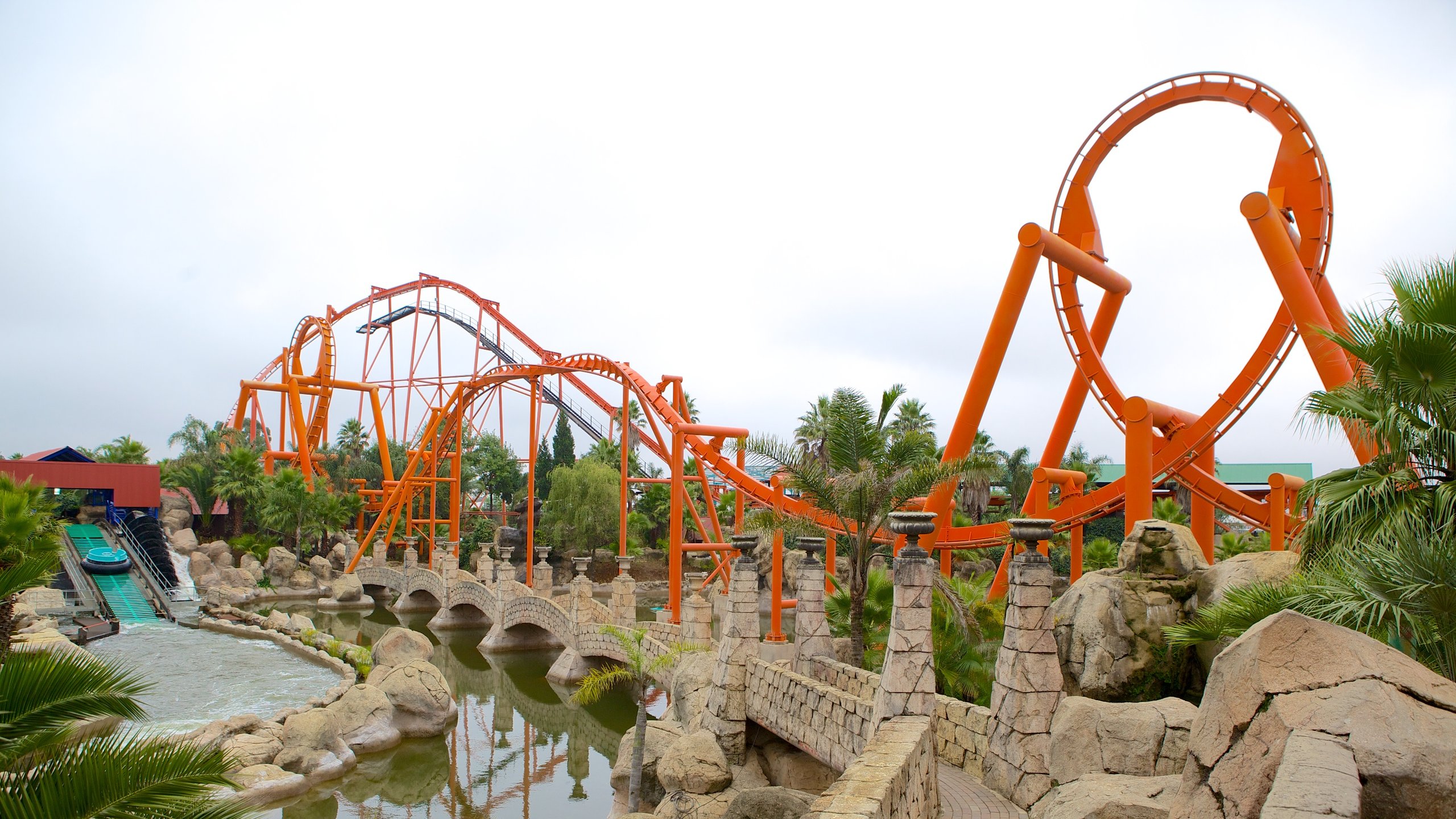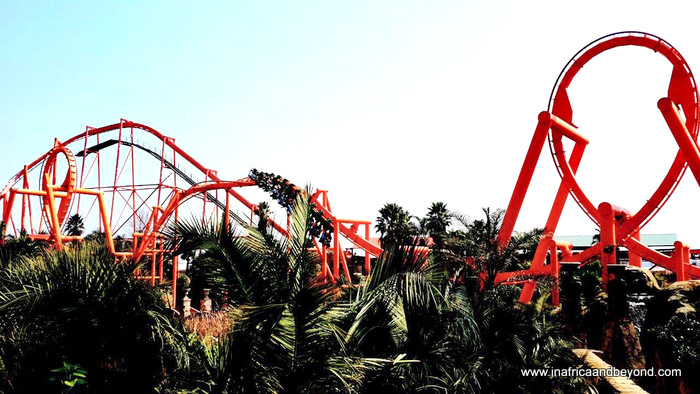All About Johannesburg North Attractions
All About Johannesburg North Attractions
Blog Article
A Biased View of Johannesburg North Attractions
Table of ContentsJohannesburg North Attractions Fundamentals ExplainedThe Best Guide To Johannesburg North AttractionsThe Definitive Guide for Johannesburg North AttractionsJohannesburg North Attractions Things To Know Before You Get ThisThe Main Principles Of Johannesburg North Attractions 9 Easy Facts About Johannesburg North Attractions DescribedSome Known Details About Johannesburg North Attractions
You should maintain safety in mind and visitors should continue to be alert at all times when in unknown environments. Talk to the locals when you remain in community to find out regarding the area you are remaining in. Johannesburg North attractions. When on the street (this does not put on shopping center and other safe settings) best general recommendations is to try your finest to look like a regional and to prevent presenting any type of wide range
An Unbiased View of Johannesburg North Attractions
Teacher Revil Mason O. J. (Thomson, 1946) explored the Witwatersrand's pre-colonial history. His archaeological work blew up the 'em pty land' misconception, according to which the area was without human habitation before the arrival of European inhabitants. In his publications Prehistory of the Transvaal: A Record of Human Activity (1962) and Origins of Black People of Johannesburg and the Southern Western Central Transvaal AD 3501880 (1986 ), Teacher Mason showed the level of social and financial development in the location prior to Europeans established foot here.

Some Known Facts About Johannesburg North Attractions.
In 1878, David Wardrop found gold in quartz blood vessels at Zwartkop, north of Krugersdorp. In 1881, Stephanus Minnaar came across gold on the farm Kromdraai, near the Cradle of Humankind.
In March 1886, an outcropping (soon to be called the Main Reef) was discovered, rather fortunately, on Gerhardus Oosthuizen's ranch Langlaagte. Some claim that the Lancastrian coal miner George Pedestrian uncovered this reef. Another itinerant English miner, George Harrison (that had previously worked in Australian mines) gotten a prospecting permit in respect of Langlaagte in May 1886.
He decided to proceed in a mission for greener pastures, and disposed of his Langlaagte case for the handsome amount of 10. Alas: below lay the wealthiest goldfield ever found. The discovery of this abundant auriferous coral reef provoked a gold rush that indicated the end of bucolic tranquillity in the southern Transvaal.
It would, within 6 years, become the biggest community in southerly Africa. Within a years, it would certainly make the Z. A. R. up until then an anarchical and bankrupt little state the most affluent nation in Africa. By the turn of the century, the Z. A. R. was to go beyond Russia, Australia and the USA of America to come to be the globe's leading gold manufacturer, creating even more than a quarter of the globe's gold.
Some Known Factual Statements About Johannesburg North Attractions
It was referred to as Ferreira's Camp, get redirected here called after Colonel Ignatius Ferreira. He was a Boer adventurer upon whom the British authorities had actually bestowed This Site the condition of Companion of one of the most Differentiated Order of St Michael and St George (qualifying him to the post-nominal letters C. M. G.) in thankfulness for his role in the battle that had actually deposed the Pedi king Sekhukhune in 1879.
Soon the camp was including camping tents and wagons as newcomers showed up daily from far and wide. By September 1886, some 400 people stayed in Ferreira's Camp, which soon flaunted upraised iron and hardwood buildings. Two various other camps were established: Meyer's Camp on the ranch Doornfontein, and Paarl Camp. The latter was nicknamed Afrikander Camp; lots of people from the Cape Swarm worked out there.

The Buzz on Johannesburg North Attractions
This name got currency by word of mouth, such that the State Assistant verified the name to the Mining Commissioner on this post 9 October 1886. Stands in the town were auctioned on 8 December 1886. While some stands were offered for 10, others were knocked down for as low as sixpence.
2 years later, these erven were to transform hands for as long as 750 each. The tented camps decreased as a dorp of corrugated iron buildings created and broadened north of the mines situated along the Main Coral Reef Road. Locations such as Jeppe's Community (where working-class immigrants erected their houses) and Doornfontein (where the affluent new 'Randlords' started to construct their extravagant houses) were soon included to the ever-expanding map of the community.
Not known Factual Statements About Johannesburg North Attractions
In addition to the road names, there were no signs of Johannesburg being situated in a Dutch-speaking country. Years later on, C. W. Kearns O. J. (among the initial boys registered at St John's College in 1898) would recall: 'An odd reality concerning Johannesburg was that, although it remained in the [Boer Republic], virtually everyone talked English and also the Federal government slaves addressed one in English, unless they were first dealt with in the Taal (or Low Dutch)'.
Therefore, Britain had a rate of interest in making certain ideal conditions for gold production on the Witwatersrand, which the gold was exported to London instead than Berlin an essential rendered even more clamant by the Z. A. R - Johannesburg North attractions.'s raising toenadering with Germany. Mine proprietors were on a clash with President Kruger, whose policy of monopolistic giving ins (commonly given to his cronies) prevented mining firms from obtaining supplies of products (especially dynamite) and work on their very own, less expensive terms
Some Known Questions About Johannesburg North Attractions.
In 1890, the Volksraad had restricted the franchise business to white men who had actually stayed in the Z. A. R. for fourteen years or longer, thus disqualifying a lot of the immigrants (that happened to be the major factors to the fiscus). However, anxiety for the ballot was a plain pretext for promoting a different schedule; most uitlanders regarded themselves as short-lived visitors and had no objective of staying in the Z.
Report this page